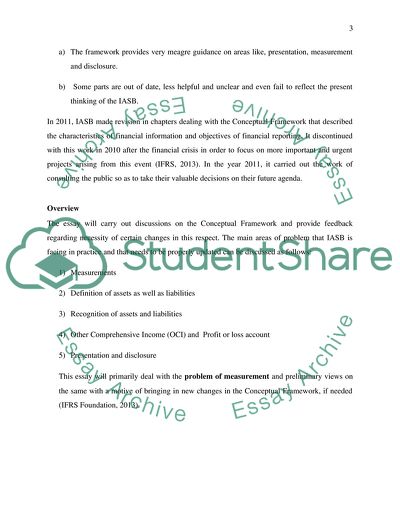Cite this document
(Measurement within Conceptual Framework Essay Example | Topics and Well Written Essays - 2500 words, n.d.)
Measurement within Conceptual Framework Essay Example | Topics and Well Written Essays - 2500 words. https://studentshare.org/finance-accounting/1812516-measurement-within-conceptual-framework
Measurement within Conceptual Framework Essay Example | Topics and Well Written Essays - 2500 words. https://studentshare.org/finance-accounting/1812516-measurement-within-conceptual-framework
(Measurement Within Conceptual Framework Essay Example | Topics and Well Written Essays - 2500 Words)
Measurement Within Conceptual Framework Essay Example | Topics and Well Written Essays - 2500 Words. https://studentshare.org/finance-accounting/1812516-measurement-within-conceptual-framework.
Measurement Within Conceptual Framework Essay Example | Topics and Well Written Essays - 2500 Words. https://studentshare.org/finance-accounting/1812516-measurement-within-conceptual-framework.
“Measurement Within Conceptual Framework Essay Example | Topics and Well Written Essays - 2500 Words”. https://studentshare.org/finance-accounting/1812516-measurement-within-conceptual-framework.


